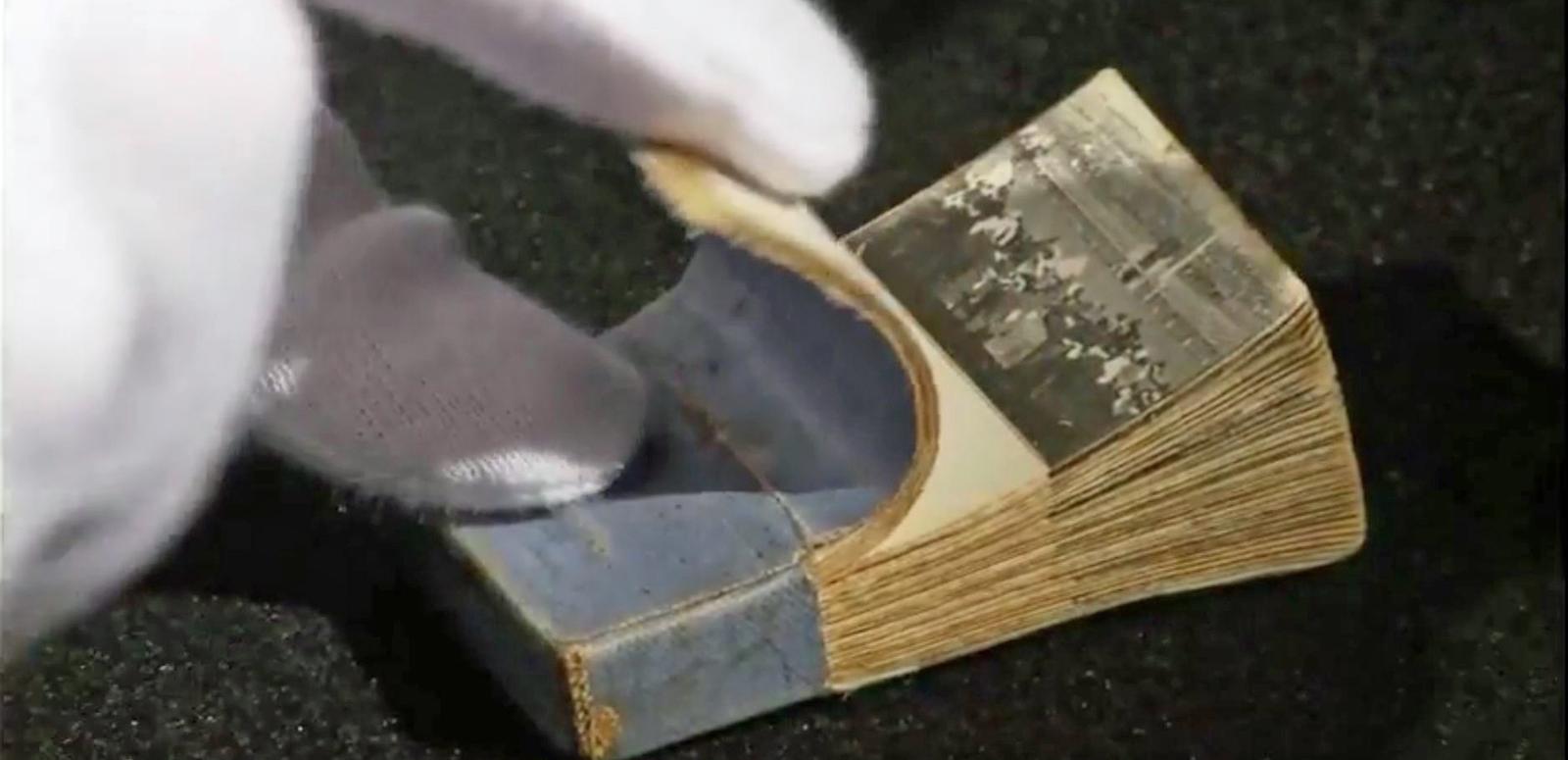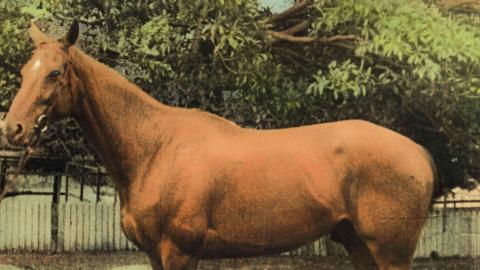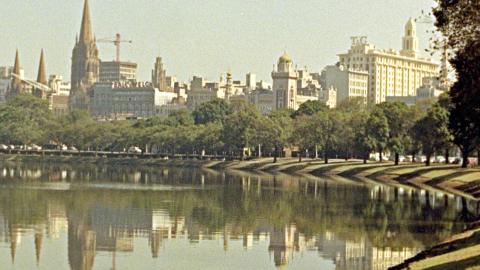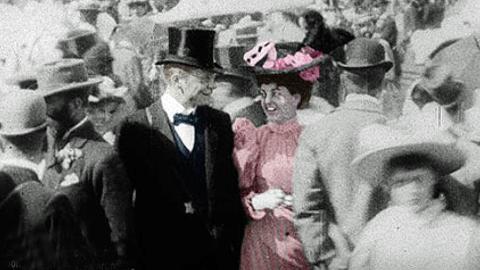

Melbourne Cup magic
As the country gets ready to celebrate the 151st Melbourne Cup today, NFSA curators and technical experts have taken the still images used in 1897 to produce a simple flipbook for the Cup’s closing moments, to bring the race’s outcome back to life!
“The flipbook features 64 pages of tiny printed photographs of the 1897 Melbourne Cup. After undergoing conservation treatment its pages were photographed and digitally assembled to re‐create the experience of seeing the Cup’s finale in ‘living photographs’,” said our Chief Executive Officer Michael Loebenstein.
A popular form of entertainment in the 19th century, flipbooks present a series of pictures with minimal changes from one to the next so that, when flicked rapidly, they give the illusion of motion. This particular book was donated to the National Film and Sound Archive in the 1980s.
“Artefacts like this offer a multitude of connection points,” explained Loebenstein. “Is the flipbook a by‐product of an early actuality film, or the main intended platform? Were flipbooks – popular entertainment ‐ a ‘killer application’ of the late 19th century?,” said Mr Loebenstein last week during a presentation to commemorate the UNESCO World Day for Audiovisual Heritage.
NFSA Still image experts individually photographed each page of the flipbook to preserve its images digitally. Due to the item’s old age and the very nature of flipbooks, which results in inevitable physical wearout, this piece of Melbourne Cup history is very fragile, so it was a long and challenging process to get the job done without compromising the book or the end preservation outcome.
Video technicians put the newly digitised pictures together in the video edit suite to re‐create the animated effect experienced by flicking the real thing. In the initial version of the video, the images bob up and down more than the winning jockey, so they had to be stabilised as can be seen in this before and after clip:
The result is that, 114 years later, audiences worldwide can appreciate it as a digital flipbook. Bringing these images back to life through new and ever expanding technological opportunities is part of the magic of audiovisual archiving in the 21st century.
More detailed research into early race footage held by the NFSA is currently under way.
The National Film and Sound Archive of Australia acknowledges Australia’s Aboriginal and Torres Strait Islander peoples as the Traditional Custodians of the land on which we work and live and gives respect to their Elders both past and present.


